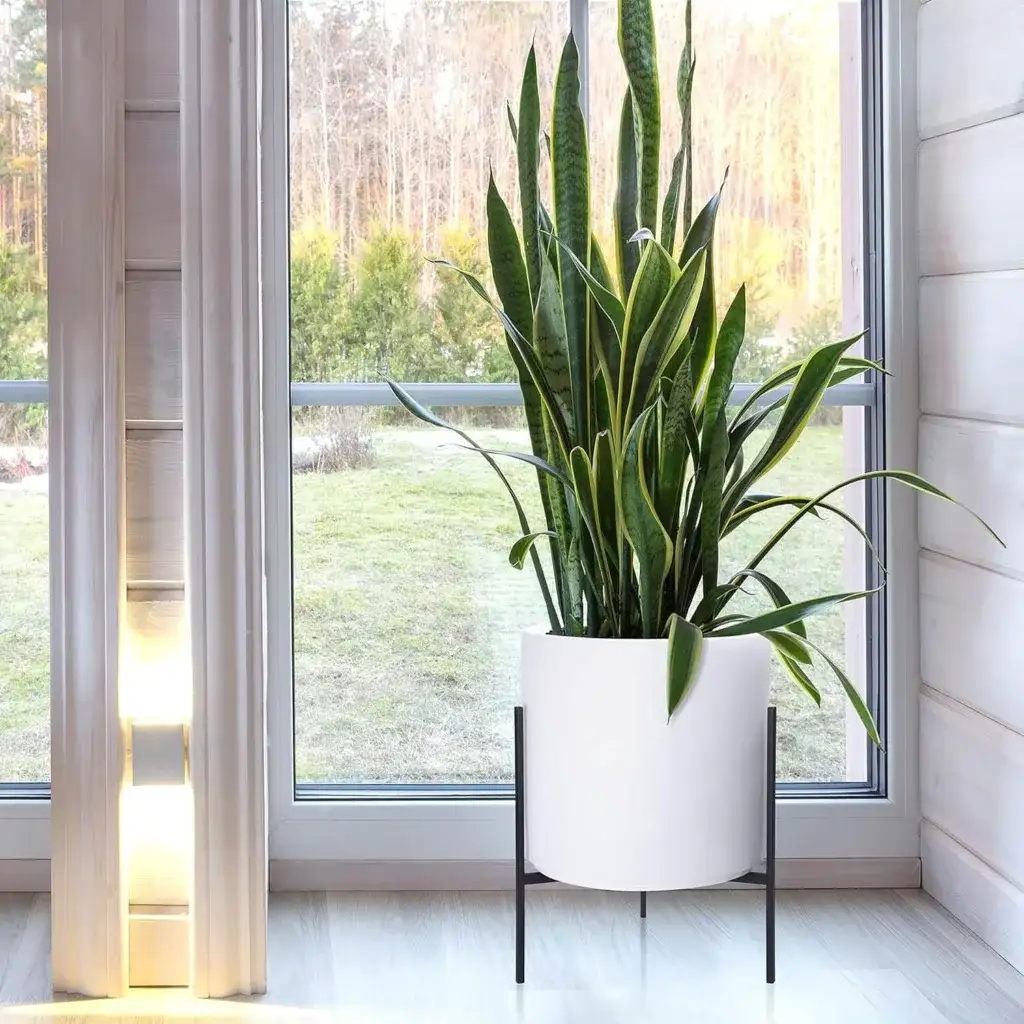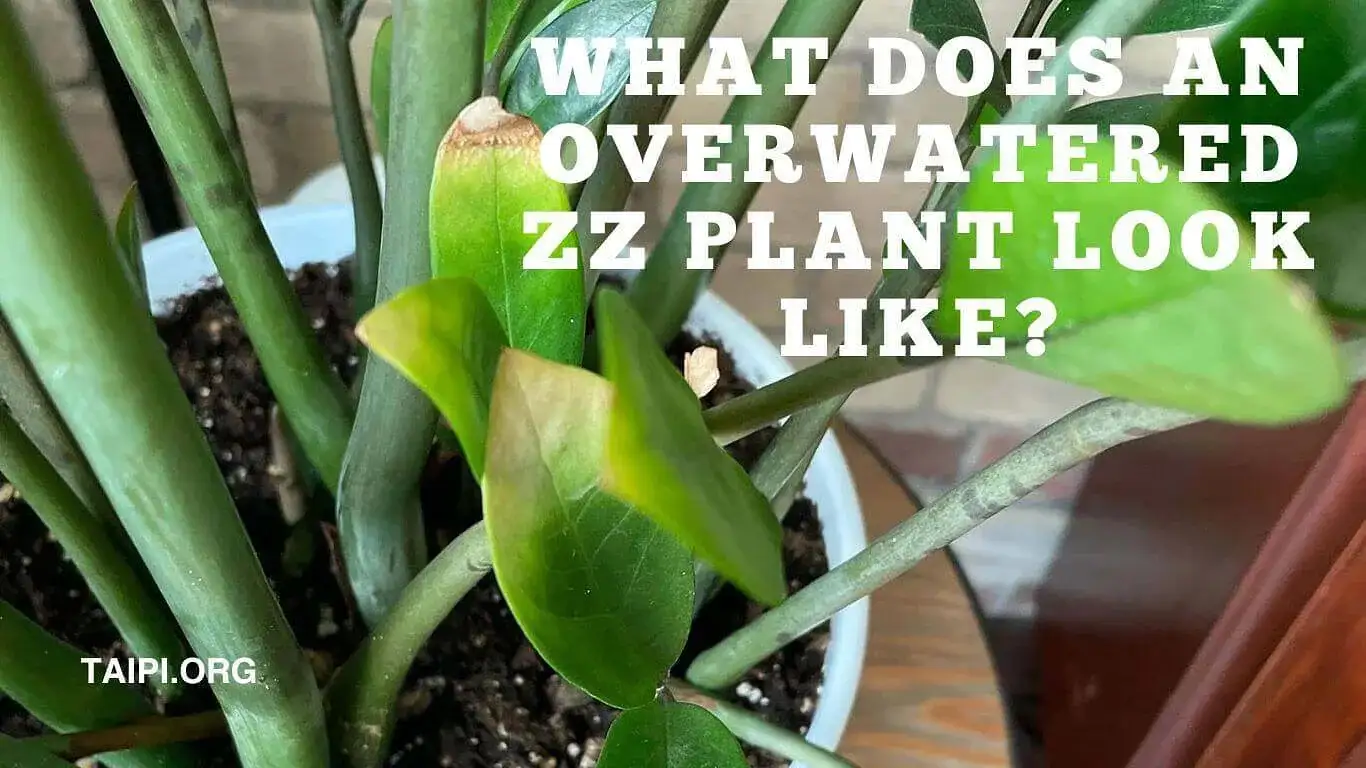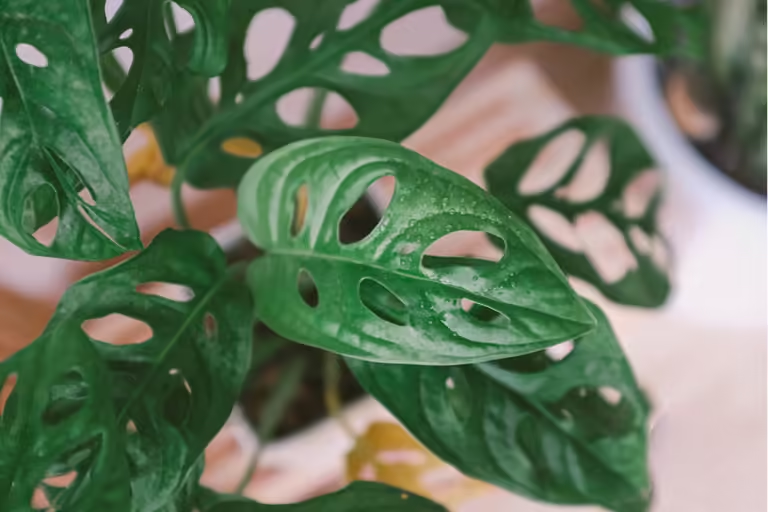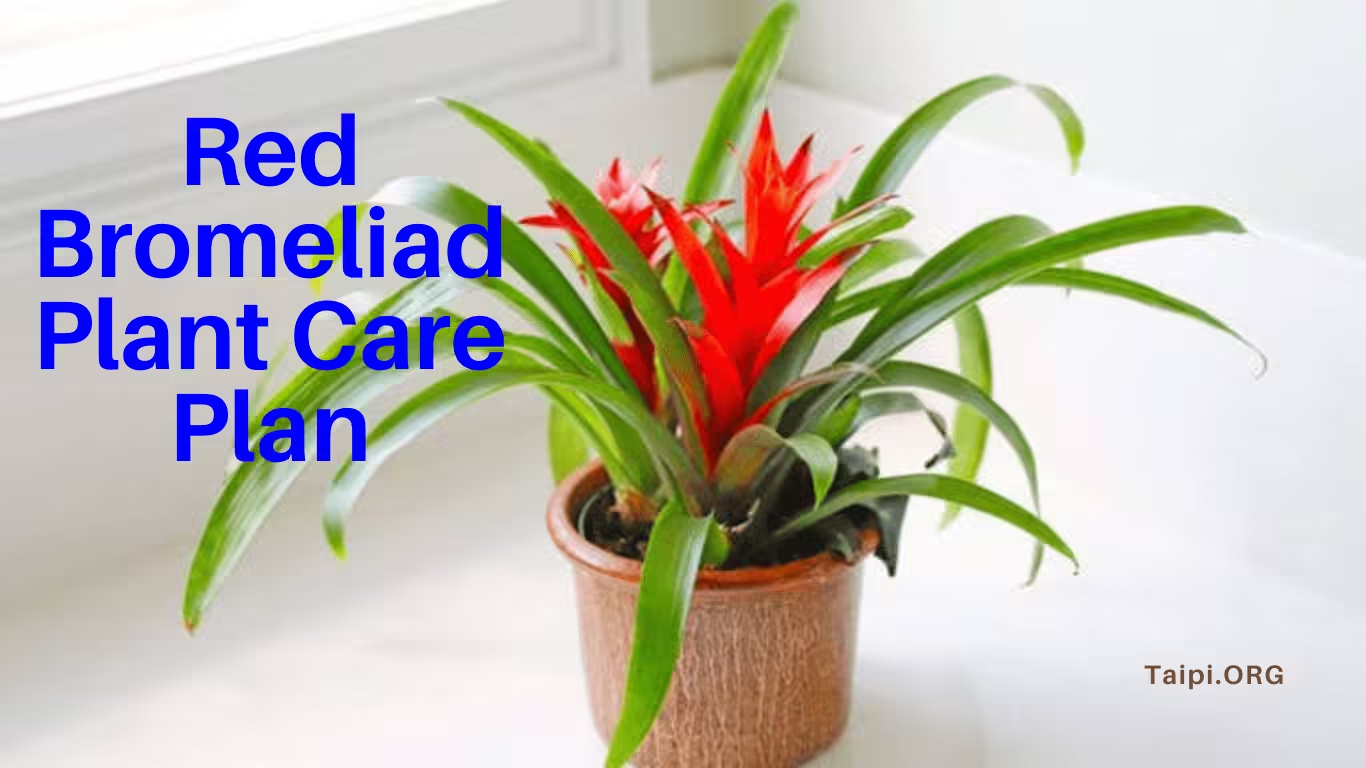What Does an Overwatered ZZ Plant Look Like?
ALTHOUGH the ZZ plant is among the most popular houseplants in North America, thus you are likely to find it in most homes, there is a subtle challenge in caring for it. In most cases, the issue is poor watering habits (underwatering and overwatering), which lead to the growing of an unhealthy ZZ plant. In this blog, I talk about one of these watering malpractices – overwatering. So, what does an overwatered ZZ plant look like?
Yellowing, wilting, and drooping of the leaves, mold development, and mushy brown stalks are some of the signs of an overwatered ZZ plant.
The 6 Signs of an Overwatered ZZ Plant

Although there may be many signs of overwatering in ZZ plants, these six signs are the most common:
1. Yellowing of Leaves
One of the most common signs of overwatering in ZZ plants is the yellowing of leaves. When the roots are constantly submerged in water, they may struggle to absorb oxygen, leading to root rot.
As a result, the leaves start turning yellow, and if not addressed promptly, the entire plant may be at risk.
2. Wilting and Drooping
Overwatering can lead to wilting and drooping of ZZ plant leaves. Paradoxically, excessive moisture can disrupt the root system’s ability to absorb nutrients, causing the leaves to lose their turgidity.
If you notice your ZZ plant’s leaves appearing limp and droopy, it’s a sign that the water balance is off.
3. Edema on Leaves
Edema, the formation of small, blister-like bumps on the undersides of ZZ plant leaves, can indicate overwatering.
This occurs when the plant absorbs water faster than it can transpire, causing cells to swell and form blisters.
While edema is not always harmful, it signals an imbalance that should be addressed by adjusting the watering routine.
4. Mold Growth and Foul Odor
Excessive moisture in the soil can create a breeding ground for mold, which may be visible on the soil surface or around the base of the ZZ plant.
Additionally, overwatering can lead to a foul odor emanating from the soil, indicating the presence of rotting roots.
Both mold growth and unpleasant smells are clear indicators that the plant is receiving more water than it can effectively utilize.
5. Root Rot
Root rot is a severe consequence of overwatering ZZ plants. As the roots remain consistently wet, opportunistic fungi can thrive, leading to the decay of the root system.
If you observe mushy, discolored roots when inspecting the plant’s root ball, it’s a strong indication of root rot. Salvaging the plant at this stage may be challenging, making prevention through proper watering crucial.
Compare: How to Repot a Snake Plant with Root Rot
6. Mushy Brown Stalks
Mushy brown stalks and sometimes black spots on your ZZ plant indicate potential stem rot, a condition caused by overwatering and excessive soil moisture. The stems may become soft, discolored, and mushy to the touch.
How to Save an Overwatered ZZ Plant
After identifying an overwatered ZZ plant, let’s now turn to the steps of saving your favorite houseplant, which is now at the blink of suffocating.
Remember, all we need to do is reverse what we saw in the first part – what does an overwatered ZZ plant look like? – the signs.
Yellowing Leaves
Trim any yellow leaves using clean, sharp scissors or pruning shears. This helps redirect the plant’s energy to healthier parts. Adjust the watering frequency to allow the soil to dry out slightly between waterings.
Wilting and Drooping

Improve soil drainage by repotting the ZZ plant in a well-draining mix. Ensure the pot has drainage holes (like the one shown ⬆) to prevent water accumulation. Adjust the watering schedule to strike a balance between moisture and soil drying.
Edema on Leaves
If you observe edema, ensure proper watering practices by allowing the soil to dry slightly between waterings. Increase air circulation around the plant to aid in transpiration.
Mold Growth and Foul Odor
Remove any visible mold from the soil surface. Adjust the watering routine to prevent excessive moisture. If a foul odor persists, repot the plant in fresh, well-draining soil.
Root Rot
If root rot is evident, carefully trim away affected roots with sterile scissors or pruning shears. Repot the ZZ plant in fresh, well-draining soil. Adjust the watering schedule to prevent future occurrences of overwatering.
Check the subheading ‘How to Treat Root Rot in ZZ Plants‘ for more details.
Mushy Brown Stalks
Repot the ZZ plant in fresh, well-draining soil, removing any soggy or compacted portions. Adjust the watering routine to allow the soil to dry out slightly between waterings.
Additionally, relocate your ZZ plant to a location with improved air circulation and moderate light to facilitate drying.
How to Treat Root Rot in ZZ Plants
Detecting root rot beneath the soil can be a challenging task, as the symptoms often manifest in yellowing to browning leaves. To effectively tackle this problem, follow these rejuvenating steps:
- Gently uproot the plant from its container, skillfully using a serrated knife to expose the roots without causing harm
- Rinse the rhizomes thoroughly with water to unveil the extent of the root rot
- Trim away the afflicted roots and rhizomes, discerning those that exhibit a brown, soggy appearance
- Replant the ZZ plant in fresh, well-draining soil (go for a mix that is fit for succulents)
- Adopt a mindful watering approach, ensuring that you only hydrate the plant when the top one to two inches of soil are completely dry
- If you don’t see improvement signs within a week or two, contemplate propagation using healthy stems and leaves to foster new growth
What Does an Overwatered ZZ Plant Look Like FAQs
Q: How do I know if my ZZ plant is suffering from root rot due to overwatering?
A: Signs of root rot in a ZZ plant include mushy, discolored roots, a foul odor emanating from the soil, and an overall decline in plant health. To confirm, gently remove the plant from its pot and inspect the roots. If root rot is present, take immediate action by trimming affected roots, repotting in fresh, well-draining soil, and adjusting the watering routine to prevent further waterlogged conditions.
Q: Can overwatering cause yellowing leaves on my ZZ plant?
A: Yes, overwatering is a common cause of yellowing leaves in ZZ plants. When the roots are consistently saturated, they struggle to absorb oxygen, leading to root rot. As a result, the leaves start turning yellow. To address this issue, adjust the watering frequency, allow the soil to dry out slightly between waterings, and trim any yellow leaves to redirect the plant’s energy to healthier parts.
Q: What should I do if I notice edema on the leaves of my ZZ plant?
A: Edema, visible as blister-like bumps on the undersides of ZZ plant leaves, indicates an imbalance in water uptake and transpiration. To address this, ensure proper watering practices by allowing the soil to dry slightly between waterings. Improve air circulation around the plant, and consider adjusting the humidity levels. While edema itself is not always harmful, monitoring and adjusting watering routines can help maintain a healthier overall environment for your ZZ plant.
Q: Why are the stalks of my ZZ plant turning mushy and brown?
A: Mushy brown stalks on a ZZ plant typically indicate stem rot, often caused by overwatering and prolonged soil moisture. This condition leads to the decay of the plant’s stems, resulting in a mushy texture and brown discoloration. It’s crucial to address this issue promptly by trimming affected areas, repotting in well-draining soil, and adjusting the watering routine.
Q: Can I save my ZZ plant if I notice mushy brown stalks?
A: Yes, you can save your ZZ plant if you observe mushy brown stalks. Act quickly by trimming affected stems, ensuring clean cuts, and repotting the plant in fresh, well-draining soil. Adjust the watering schedule to prevent overwatering, and provide the plant with improved air circulation. Regular monitoring for signs of recovery, such as firm green stems and new growth, is essential for successful rehabilitation.
Q: How can I prevent mushy brown stalks in my ZZ plant in the future?
A: To prevent mushy brown stalks in your ZZ plant, focus on maintaining appropriate watering practices. Allow the top inch of soil to dry out between waterings and ensure the pot has drainage holes. Use well-draining soil to avoid waterlogged conditions. Additionally, provide adequate air circulation around the plant, and place it in a location with moderate light. Regularly inspect the plant for signs of overwatering, such as yellowing leaves or a foul odor, and adjust care accordingly to promote a healthier ZZ plant.
So, What Does an Overwatered ZZ Plant Look Like?
An overwatered ZZ plant may indeed exhibit many signs. However, drooping and yellowing of leaves, mushy brown stalks, and the development of mold are common signs of an overwatered ZZ plant.
Recognizing the signs of overwatering in ZZ plants is essential for maintaining their well-being.
Regularly inspecting the leaves, monitoring the plant’s overall appearance, and adjusting your watering practices accordingly can help prevent the detrimental effects of excessive moisture on your ZZ plant.
By understanding these indicators, you can ensure a healthy and thriving ZZ plant in your indoor space.








